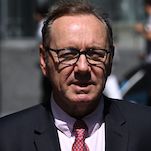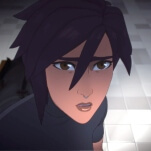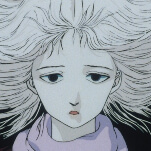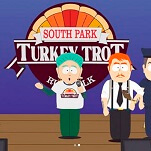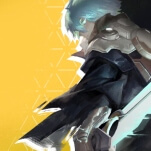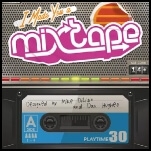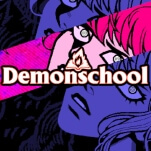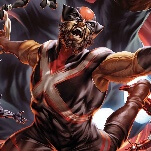The time has come for Nintendo’s strange, glorious Miiverse to die

What happens when a social network is sentenced to death? For Vine, it was wild outrage followed by mummification. The platform’s death was announced in October of last year, and in January, it was gone. Today, Vine is Vine Camera, an app that takes six-second videos for you to then post elsewhere, and Vine.com is preserved in carbonite: All of its videos are still there, but you can’t do anything with them or add any more. It is a shrine to what once was.
What, then, will happen to the Miiverse? Nintendo’s grand experiment in social network design has likewise been sentenced to death: The company’s new Switch, coming out March 3, will not contain the social service. The Miiverse will remain confined to the Wii U and the portable 3DS, systems that are both being phased out by the new device. Presumably users with the old systems will be able to continue to use the Miiverse, although the amount of people posting or observing those posts will dwindle as games stop being released. Unlike Vine, its eulogies have not been kind. Geek called it an “awful, beautiful social network,” a “low-selling walled garden” that was “hilarious, awful, amazing, nonsensical.” New York said it was “too bad” that “Nintendo’s terrible, hapless social network” was closing. Kotaku was slightly kinder, saying it made them “cry, laugh, or wince.”
History, alas, will not be kind to the Miiverse. Originally launched with the Wii U in November 2012, the Miiverse was Nintendo’s stab at adding social interactivity and online play after years of neglecting them. On the Wii, it was near impossible to fire up a game and play someone online, unlike competitor systems by Microsoft and Sony, which were built on streamlined Call Of Duty matches. The Miiverse was Nintendo’s late acknowledgement of the importance of online play, but, the thinking went, it came with a certain Nintendo sparkle. Rewatching its old introduction video from 2012, then-president Satoru Iwata couched the new platform in terms of hoping to create “empathy” between players. This was no simple matchmaking system, à la its earlier competitors, but a sea change in gamer interaction—something friendlier, lighter, more personal. You’d use the Wii U’s stylus to draw or handwrite messages to the Miiverse, which other players would then “like” (or, in the platform’s inimitable parlance, hit “Yeah!” to.)
“What you physically write or draw can convey stronger feelings than what you type,” Iwata said in the video. “With Miiverse, you can even add images or facial expressions to help communicate your emotions.”
The idea was too beautiful for this world—or at least too beautiful for the video game world. The Miiverse quickly turned into a cesspool of hand-drawn pornography, fart jokes, prepubescent confessions, repurposed memes, and bottom-tier fan art. Even with strict moderation, it rarely achieved its design goals. Social networks work by funneling a certain population through a designed space to create a desired output. On Twitter, it’s media people and celebrities engaging in an all-day running argument. On Facebook, it’s anyone with a computer posting photos and links to the people they care about. Pinterest lets its audience collate and curate interests and purchases. Niche platforms like Goodreads and Letterboxd let fans indulge themselves alongside likeminded people. So where did the the Miiverse go wrong? It set out to create empathy among gamers, funneling them through a space designed to make them express themselves proactively. What it ended up doing was handing Nintendo’s storied iconography over to an audience that, quite simply, should not have been trusted.
Soon after its launch, a cottage industry sprang up celebrating bad Miiverse posts. Kotaku regularly plumbed the depths of the platform, exploring a Luigi forum hidden from public view, its Spongebob obsession, and its seedy underbelly—each presented as a new hotbed of Miiverse creativity and/or shittiness. The Twitter account @BadMiiversePosts netted some 70,000 followers for cataloging the network’s offerings, including such garden-variety internet detritus as Harambe memes, racism, 9/11 jokes, Trump train bullshit, and so on. But the hunger for bad Miiverse content existed because it was different than just Reddit runoff. If Xbox Live managed to make you feel like you’d stepped into a teenage boy’s angst-filled room every time you logged on, the Miiverse gave the feeling that you’d stumbled upon a Facebook filled with and run by children. The earnestness could be heartbreaking.







